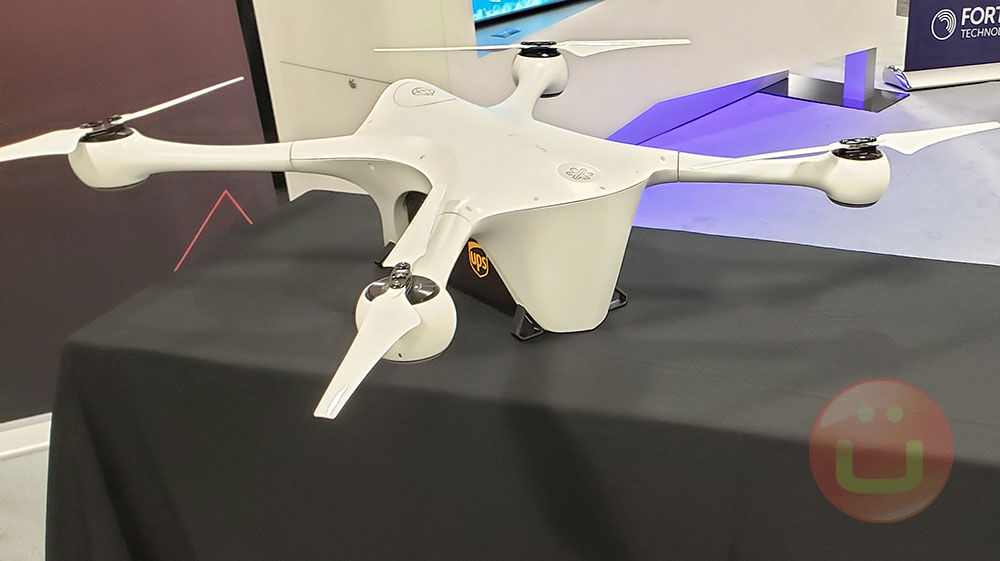
Last Thursday at TC Disrupt 2019, we encountered Matternet, the first drone technology that will deliver UPS packages up to 5 pounds. On October 1st, 2019, UPS subsidiary UPS Flight Forward Inc announced it has received the first full Part 135 Standard certification to operate a drone airline, using Matternet’s drones.
We covered the announcement of Matternet and UPS partnership a few months back, and last week, the U.S. government made the automated flying delivery service a reality.
The UPS healthcare drone service will serve hospitals around the country and is expected to improve the efficiency of medical product delivery. Ultimately, UPS plans to expand the service to a broader range of critical-care and emergency applications.
UPS launched the first drone delivery flight under Part 135 Standard certification right after the U.S. Federal Aviation Administration (FAA) granted it. Matternet M2 quadcopter was flown at WakeMed’s hospital campus in Raleigh, N.C, with a government exemption allowing for “beyond visual line of sight” (BVLOS) operation.
The Matternet M2 drone system combines the Matternet M2 drone and the Matternet Cloud Platform. The automated drone flies at about 40 miles per hour and can carry up to 5 lbs and fly for up to 12.5 miles beyond line of sight and over people.
Two years ago, the company headquartered in Mountain View unveiled the Matternet Station, the third technology component that integrates with the M2 drone and the Matternet Cloud Platform to enable distributed, peer-to-peer logistic networks of drone delivery services.
Using its M2 drones and stations, Matternet operated a healthcare drone delivery service for hospitals across cities in Switzerland, until a recent crash suspended the operations.
The idea is to place a network of stations separated by a distance of about 12.5 miles, the maximum distance the M2 can fly now, where the drones get a fully-automated battery and payload exchange.
The 2 square meters Matternet Station installed at ground level or on a rooftop guide the M2 Drone to landing on the Station’s platform.
Then, the Station locks the drone and automatically swap the batteries and package. The user-friendly interface allows customers to send and receive packages to and from the Matternet Station by scanning a QR code. (See video of the Matternet Station).
We hope that the UPS/ Matternet collaboration will be fruitful in the near future as such a service may be able to save lives when critical medical products are needed fast in high automobile traffic zones.





